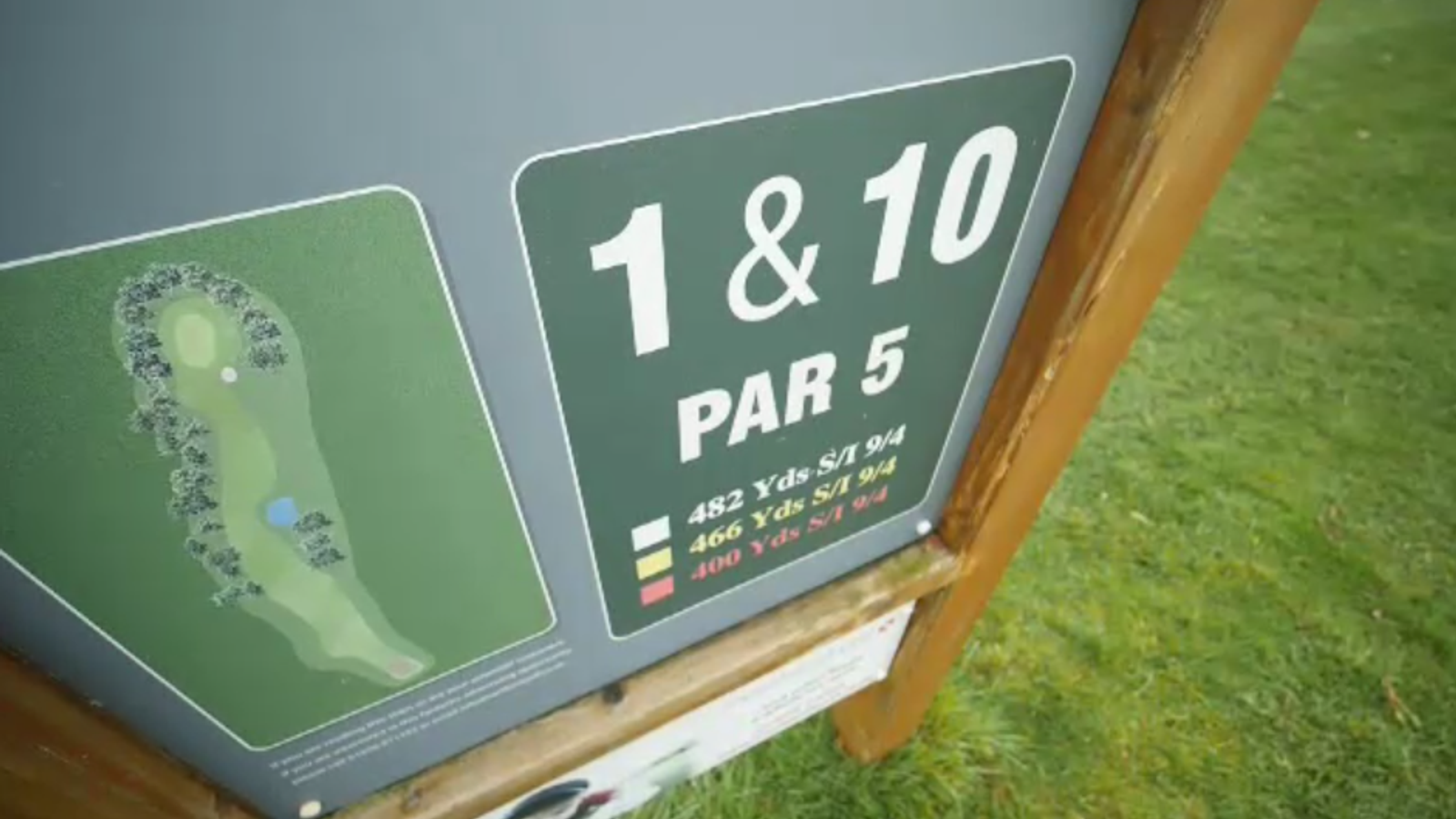Golf Rules Every Beginner Must Know Before Hitting the Course

Before stepping onto the fairway, understanding the foundational golf rules is paramount. These principles not only govern gameplay but preserve the spirit, etiquette, and competitive integrity of the sport. For newcomers, knowing these golf rules can prevent common missteps, promote respectful play, and elevate the entire experience from casual leisure to disciplined sport.
The Etiquette Before the Swing
Golf demands more than skill—it commands respect. One of the first aspects to master is course etiquette. Arrive early, dress appropriately, and maintain a respectful demeanor. Silence is golden when others are addressing the ball. Even a whispered conversation or shuffling shoes during another player’s swing is considered disruptive.
Repairing divots, raking bunkers after play, and replacing ball marks on greens are not optional. These small gestures uphold the integrity of the course and reflect a player’s respect for the game and fellow participants. This ethos of mutual respect is one of the sport’s most revered traditions.
Equipment Limits and Strategic Awareness
A golfer may carry no more than 14 clubs during a round. Though often overlooked, exceeding this number can lead to stroke penalties or disqualification in official play. The limitation promotes strategic thought over brute force—an invitation to master precision rather than depend on excessive options.
Understanding when to employ each club, from the driver on the tee box to a putter on the green, is an evolving skill. While new players may favor trial and error, true progress lies in deliberate choice and thoughtful execution.
Tee Box Protocols
On the teeing ground, players must place their ball between the tee markers and not more than two club-lengths behind them. Teeing up in front of the markers—even slightly—can result in penalties. The order of play, typically determined by score on the previous hole (or honor on the first), should be respected unless playing a casual “ready golf” format.
Additionally, a common beginner error is neglecting to watch their fellow group members’ shots. Observing not only ensures better flow but also cultivates awareness of ball positioning, hazards, and strategic insight.
Out of Bounds and Lost Ball Situations
Golf courses are marked with boundaries that define playable and non-playable areas. A ball hit beyond these markers is considered out of bounds. When this occurs, the player must return to the original position and play another shot with a one-stroke penalty—a procedure known as stroke and distance.
If a ball is suspected lost, a provisional shot can be played to save time. However, it must be declared beforehand. If the original ball is found within three minutes of searching, the provisional is abandoned. Failure to find it necessitates continuation with the provisional ball and a one-stroke penalty.
Relief from Hazards and Unplayable Lies
When a ball finds its way into a water hazard or an area deemed unplayable, players have specific relief options. These may include taking a drop at the point of entry, replaying from the previous position, or using designated drop zones if provided. Each option incurs a one-stroke penalty unless local rules state otherwise.
Proper dropping technique is essential. The ball must be dropped from knee height without it touching any part of the body or equipment. If it rolls closer to the hole or outside the relief area, it must be redropped.
Bunker Behavior and Rules
Bunkers are unique hazards with strict regulations. Grounding the club—letting it touch the sand—before striking the ball is a violation. Similarly, testing the condition of the sand with practice swings or by digging with your feet for stability is penalized.
Players must exit the bunker from the low side when possible, avoid walking on steep faces, and rake the area smoothly after play. Leaving the sand in pristine condition is a mark of true sportsmanship.
Understanding the Green and Putting Etiquette
On the green, precision and courtesy reign supreme. Players should never step on another’s putting line, and flags must be tended with care. If the ball strikes the flagstick while unattended, a penalty may apply depending on the context.
Reading the green—examining slopes, grain direction, and moisture—takes practice. However, beginners should limit time to avoid slowing play. Always mark your ball with a coin or small marker before picking it up to clean or move out of another’s path.
Ready Golf and Speed of Play
In casual rounds, “ready golf” is encouraged to maintain pace. This means players can hit when ready, rather than waiting for honors. While informal, it fosters efficiency and prevents unnecessary delays.
Golf’s reputation for long rounds can be mitigated through awareness and preparation. Beginners should arrive at their ball promptly, pre-select clubs during transitions, and keep pre-shot routines concise. Respect for others’ time is as vital as respect for the game itself.
Scoring and Honesty
Golf is unique among sports in that players are responsible for their own scores. Cheating—whether accidental or intentional—violates the integrity of the game. Even in friendly matches, honesty is sacred.
After each hole, players should confirm scores with a partner or fellow player. At the end of the round, especially in tournaments, scorecards must be signed and attested. Errors in scorekeeping can result in disqualification, reinforcing the importance of vigilance and transparency.
Golf is a sport of tradition, integrity, and lifelong learning. While the rules may seem complex at first, they form the backbone of a culture that prizes respect, fairness, and personal accountability. Mastery of these fundamentals not only enhances performance but earns the respect of peers and preserves the noble character of the game.




